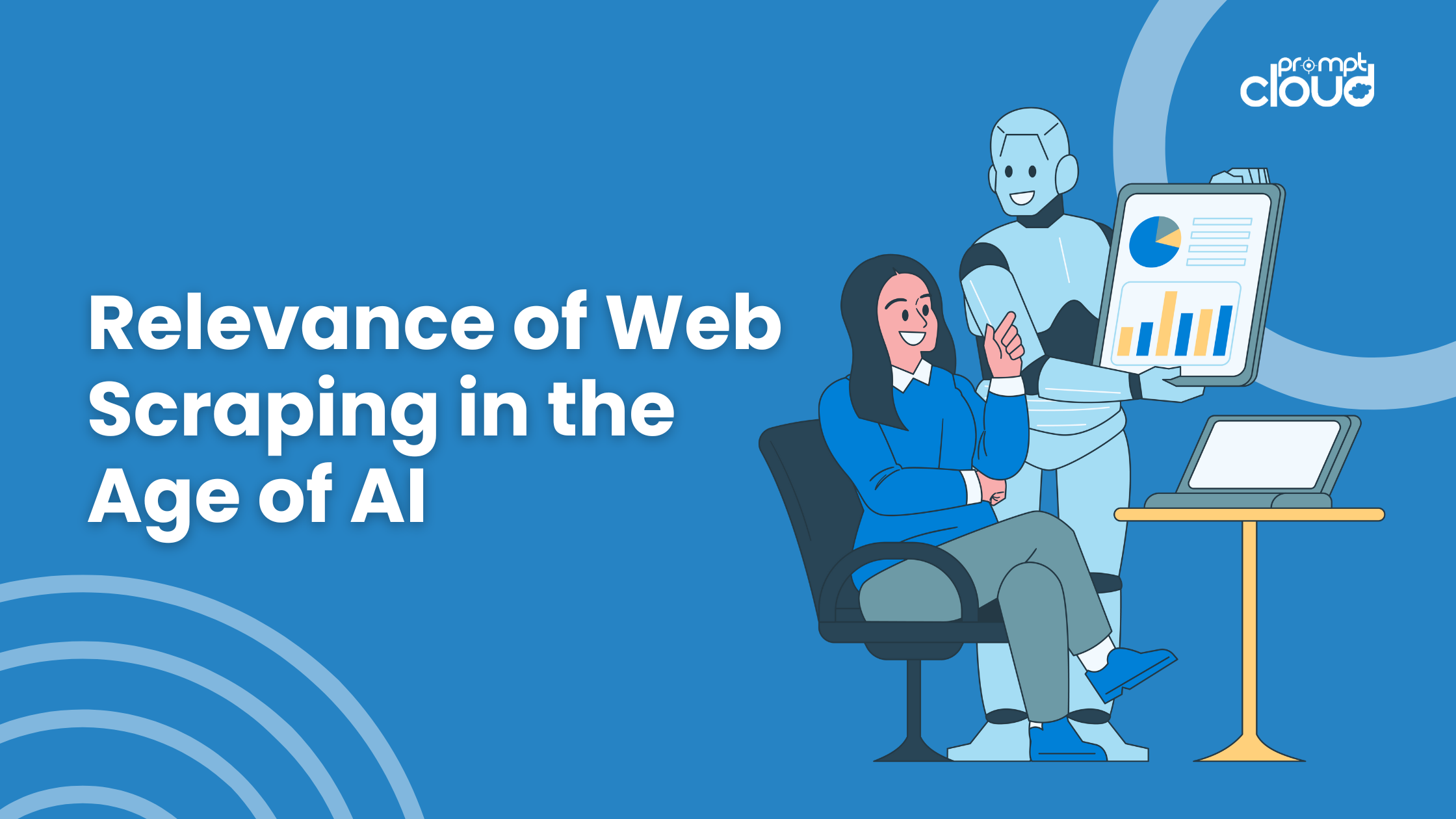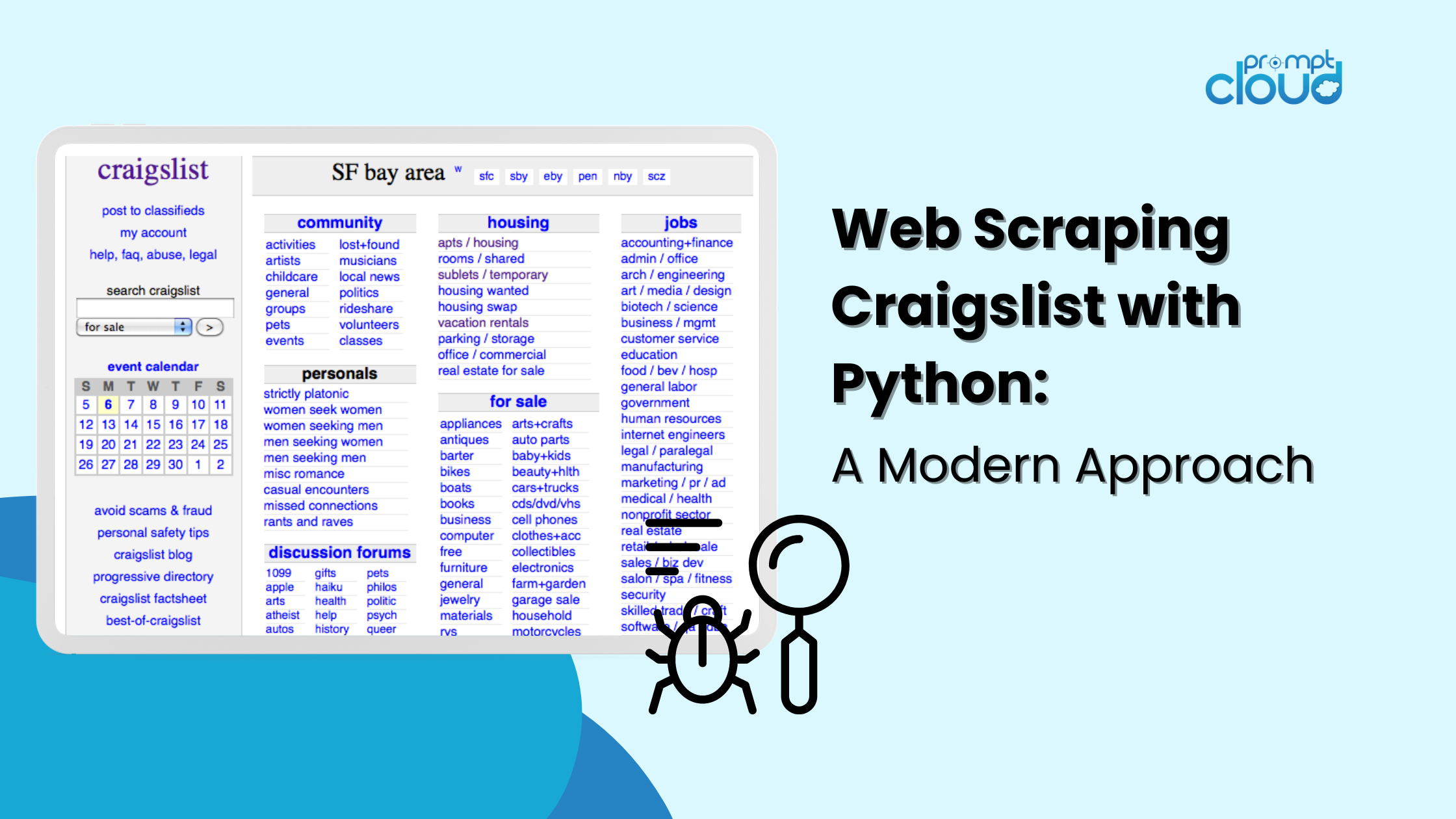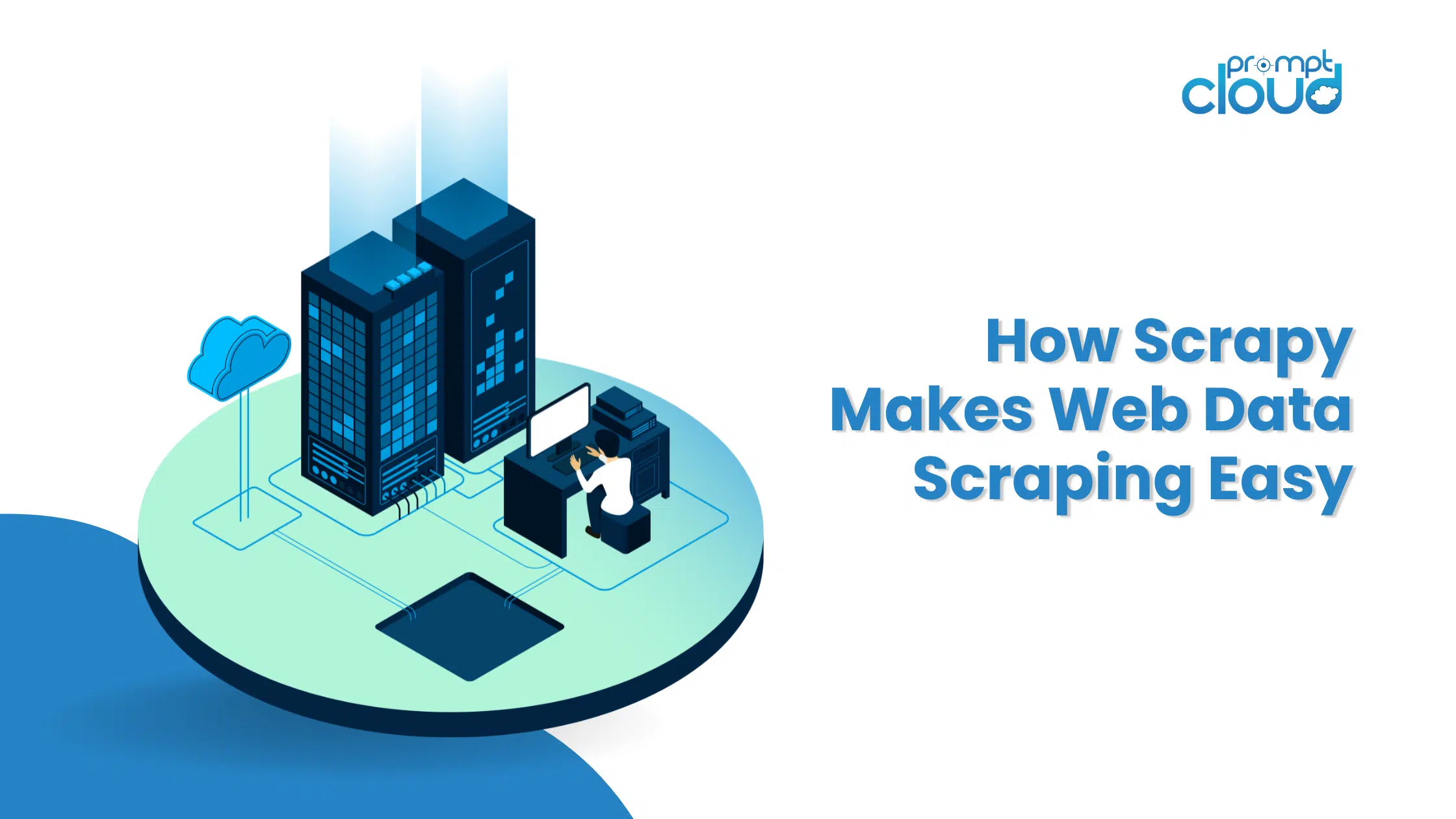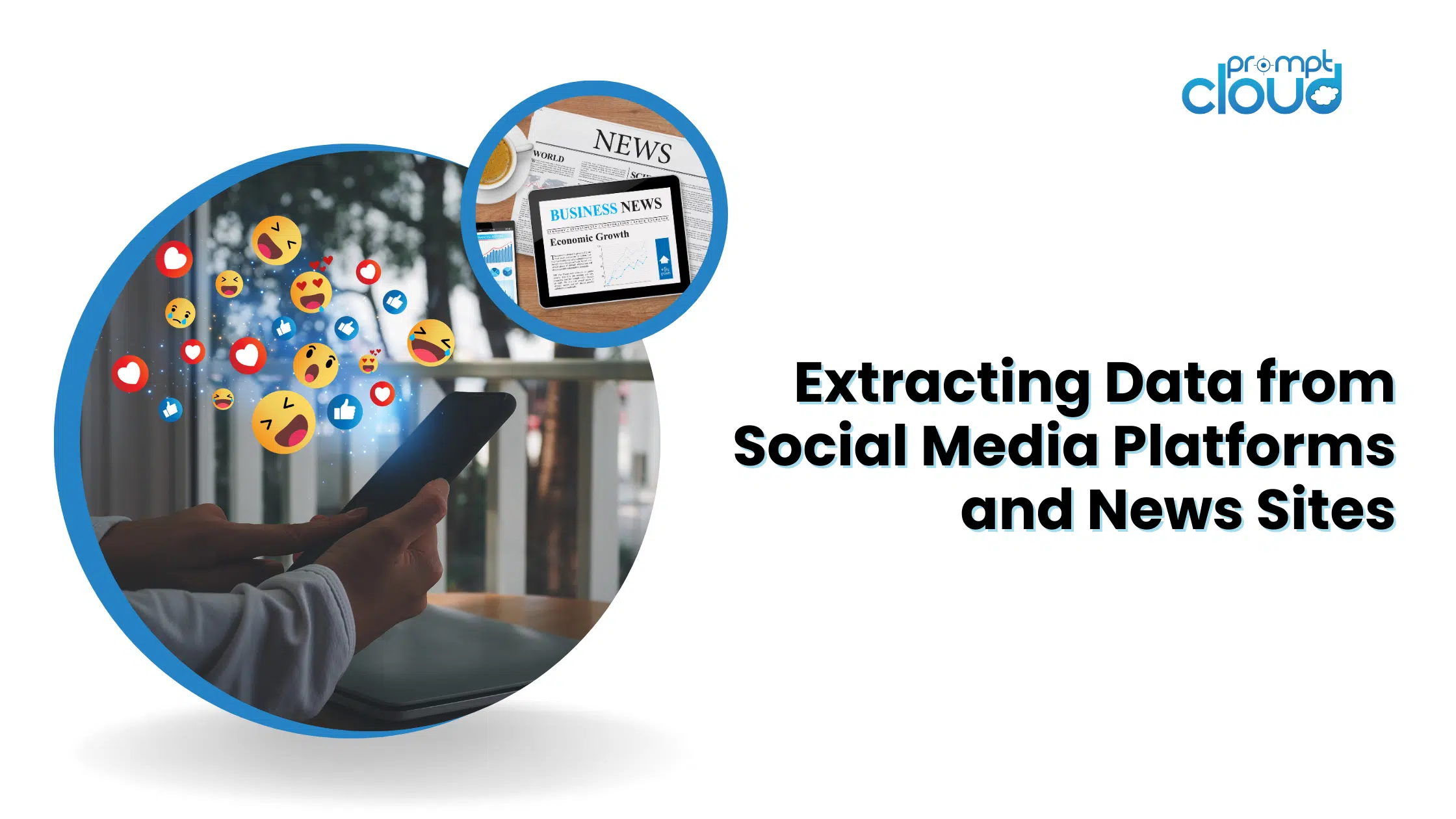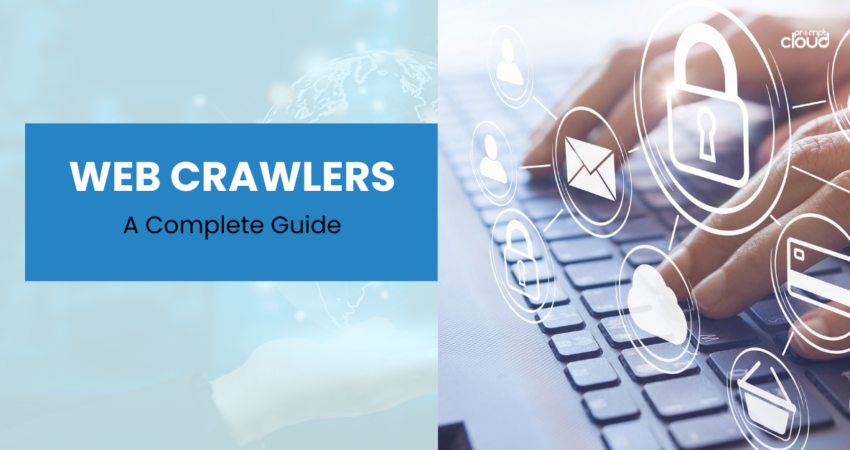
Web Crawling
Web crawling, a fundamental process in the field of web indexing and search engine technology, refers to the automated browsing of the World Wide Web by a software program known as a web crawler. These crawlers, sometimes called spiders or bots, systematically navigate the web to gather information from websites. This process enables the collection and indexing of data, which is crucial for search engines to provide up-to-date and relevant search results.
Key Functions of Web Crawling:
- Indexing Content: Web crawlers scan web pages and index their content, making it searchable. This indexing process involves analyzing the text, images, and other content on a page to understand its subject matter.
- Link Analysis: Crawlers follow links from one web page to another. This not only helps in discovering new web pages but also in understanding the relationships and hierarchy between different web pages.
- Content Update Detection: By regularly revisiting web pages, crawlers can detect updates and changes, ensuring that the indexed content remains current.
Our step by step guide to building a web crawler will help you understand more about the web crawling process.
What is a Web Crawler
A web crawler, also known as a spider or bot, is an automated software program that systematically browses the World Wide Web for the purpose of web indexing. Its primary function is to scan and index the content of web pages, which includes text, images, and other media. Web crawlers start from a known set of web pages and follow links on these pages to discover new pages, acting much like a person browsing the web. This process allows search engines to gather and update their data, ensuring that users receive current and comprehensive search results. The efficient functioning of web crawlers is essential for maintaining the vast and ever-growing repository of online information accessible and searchable.
How a Web Crawler Works
Web crawlers function by systematically browsing the internet to gather and index website content, a process crucial for search engines. They start from a set of known URLs and access these web pages to retrieve content. While parsing the pages, they identify all the hyperlinks and add them to the list of URLs to visit next, effectively mapping the web’s structure. Each visited page is processed to extract relevant information, such as text, images, and metadata, which is then stored in a database. This data becomes the foundation of a search engine’s index, enabling it to provide rapid and relevant search results.
Web crawlers must operate within certain constraints, such as following rules set in robots.txt files by website owners and avoiding overloading servers, ensuring an ethical and efficient crawling process. As they navigate through billions of web pages, these crawlers face challenges like handling dynamic content, managing duplicate pages, and staying updated with the latest web technologies, making their role in the digital ecosystem both complex and indispensable. Here’s a detailed article on how web crawlers work.
Python Web Crawler
Python, renowned for its simplicity and readability, is an ideal programming language for building web crawlers. Its rich ecosystem of libraries and frameworks simplifies the process of writing scripts that navigate, parse, and extract data from the web. Here are key aspects that make Python a go-to choice for web crawling:
Key Python Libraries for Web Crawling:
- Requests: This library is used for making HTTP requests to web pages. It’s simple to use and can handle various types of requests, essential for accessing web page content.
- Beautiful Soup: Specialized in parsing HTML and XML documents, Beautiful Soup allows for easy extraction of data from web pages, making it simpler to navigate through the document’s tag structure.
- Scrapy: An open-source web crawling framework, Scrapy provides a complete package for writing web crawlers. It handles requests, response parsing, and data extraction seamlessly.
Advantages of Using Python for Web Crawling:
- Ease of Use: Python’s straightforward syntax makes it accessible even to those new to programming.
- Robust Community Support: A large community and wealth of documentation aid in troubleshooting and improving crawler functionality.
- Flexibility and Scalability: Python crawlers can be as simple or as complex as needed, scaling from small to large projects.
Example of a Basic Python Web Crawler:
import requests
from bs4 import BeautifulSoup
# Define the URL to crawl
url = “http://example.com”
# Send an HTTP request to the URL
response = requests.get(url)
# Parse the HTML content of the page
soup = BeautifulSoup(response.text, ‘html.parser’)
# Extract and print all hyperlinks
for link in soup.find_all(‘a’):
print(link.get(‘href’))
This simple script demonstrates the basic operation of a Python web crawler. It fetches the HTML content of a web page using requests, parses it with Beautiful Soup, and extracts all hyperlinks.
Python web crawlers stand out for their ease of development and efficiency in data extraction.
Whether it’s for SEO analysis, data mining, or digital marketing, Python provides a robust and flexible foundation for web crawling tasks, making it an excellent choice for programmers and data scientists alike.
Web Crawl Use Cases
Web crawling has a wide array of applications across different industries, reflecting its versatility and importance in the digital age. Here are some of the key use cases:
Search Engine Indexing
The most well-known use of web crawlers is by search engines like Google, Bing, and Yahoo to create a searchable index of the web. Crawlers scan web pages, index their content, and rank them based on various algorithms, making them searchable for users.
Data Mining and Analysis
Companies use web crawlers to collect data on market trends, consumer preferences, and competition. Researchers employ crawlers to aggregate data from multiple sources for academic studies.
SEO Monitoring
Webmasters use crawlers to understand how search engines view their websites, helping in optimizing site structure, content, and performance. They are also used to analyze competitors’ websites to understand their SEO strategies.
Content Aggregation
Crawlers are used by news and content aggregation platforms to gather articles and information from various sources. Aggregating content from social media platforms to track trends, popular topics, or specific mentions.
E-commerce and Price Comparison
Crawlers help in tracking product prices across different e-commerce platforms, aiding in competitive pricing strategies. They are also used for cataloging products from various e-commerce sites into a single platform.
Real Estate Listings
Crawlers gather property listings from various real estate websites to offer users a consolidated view of the market.
Job Listings and Recruitment
Aggregating job listings from various websites to provide a comprehensive job search platform. Some recruiters use crawlers to scour the web for potential candidates with specific qualifications.
Machine Learning and AI Training
Crawlers can gather vast amounts of data from the web, which can be used to train machine learning models in various applications.
Web Scraping vs Web Crawling
Web scraping and web crawling are two techniques commonly used in the gathering of data from websites, but they serve different purposes and function in distinct ways. Understanding the differences is key for anyone involved in data extraction or web analysis.
Web Scraping
- Definition: Web scraping is the process of extracting specific data from web pages. It focuses on transforming unstructured web data (usually HTML format) into structured data that can be stored and analyzed.
- Targeted Data Extraction: Scraping is often used to collect specific information from websites, such as product prices, stock data, news articles, contact information, etc.
- Tools and Techniques: It involves the use of tools or programming (often Python, PHP, JavaScript) to request a web page, parse the HTML content, and extract the desired information.
- Use Cases: Market research, price monitoring, lead generation, data for machine learning models, etc.
Web Crawling
- Definition: Web crawling, on the other hand, is the process of systematically browsing the web to download and index web content. It’s primarily associated with search engines.
- Indexing and Link Following: Crawlers, or spiders, are used to visit a wide array of pages to understand the site’s structure and linkages. They typically index all the content on a page.
- Automation and Scale: Web crawling is a more automated process, capable of handling large-scale data extraction across many web pages or entire websites.
- Considerations: Crawlers must respect the rules set by websites, like those in robots.txt files, and are designed to navigate without overloading web servers.
Web Crawling Tools
Web crawling tools are essential instruments in the digital toolbox of businesses, researchers, and developers, offering a way to automate the collection of data from various websites across the internet. These tools are designed to systematically browse web pages, extract useful information, and store it for later use. Here’s an overview of web crawling tools and their significance:
Functionality: Web crawling tools are programmed to navigate through websites, identify relevant information, and retrieve it. They mimic human browsing behavior but do it at a much larger scale and speed.
Data Extraction and Indexing: These tools parse the data on web pages, which can include text, images, links, and other media, and then organize it into a structured format. This is particularly useful for creating databases of information that can be easily searched and analyzed.
Customization and Flexibility: Many web crawling tools offer customization options, allowing users to specify which websites to crawl, how deep to go into the site architecture, and what kind of data to extract.
Use Cases: They are used for various purposes, such as search engine optimization (SEO), market research, content aggregation, competitive analysis, and gathering data for machine learning projects.
Our recent article provides a detailed overview of the top web crawling tools 2024. Check out the article to learn more. Get in touch with us at sales@promptcloud.com for custom web crawling solutions.
Frequently Asked Questions (FAQs)
What is Web Scraping and What is it Used For?
Web scraping is a technique used to automatically extract large amounts of data from websites. It involves using software to access the web, navigate to specific pages, and then collect specific information from those pages. This process can be done with various tools and programming languages, including Python with libraries such as Beautiful Soup and Scrapy, or through specialized web scraping software.
Web scraping is utilized for a wide range of purposes across different industries:
Market Research and Competitive Analysis
Businesses scrape data from competitors’ websites to analyze pricing, product offerings, and market strategies. This information is crucial for staying competitive and identifying market trends.
E-commerce and Retail
Retailers use web scraping to monitor prices and stock levels on competitor websites, allowing them to adjust their pricing strategies dynamically and manage inventory more effectively.
Lead Generation
Companies scrape websites to collect contact information, such as email addresses and phone numbers, to build leads lists for sales and marketing campaigns.
SEO and Content Marketing
SEO professionals and content marketers scrape search results, keywords, and content from websites to analyze search engine rankings and content strategy effectiveness.
Real Estate
Real estate platforms scrape listings from various sources to aggregate property information, providing users with comprehensive data on available properties.
Travel and Hospitality
Travel agencies and websites scrape flight, hotel, and rental car prices from different providers to offer customers the best deals.
Academic Research
Researchers and academics scrape data from digital archives, publications, and forums for data analysis, trend tracking, and gathering information for academic studies.
Finance and Stock Market Analysis
Financial analysts scrape stock market data, financial reports, and news articles for market analysis, investment insights, and tracking economic indicators.
Social Media and Sentiment Analysis
Data analysts scrape social media platforms to gather public opinion data, monitor brand mentions, and perform sentiment analysis.
Training Machine Learning Models
Data scientists scrape large datasets from the web to train machine learning models for applications such as natural language processing, image recognition, and predictive analytics.
While web scraping is a powerful tool for data collection and analysis, it’s important to conduct it responsibly and ethically. This means respecting copyright laws, adhering to a website’s terms of service, considering privacy issues, and not overloading web servers. Additionally, the legality of web scraping can vary by jurisdiction, making it crucial to ensure compliance with relevant laws and regulations.
What is Web Scraping and How to Use It?
Web scraping is an automated method used to extract large amounts of data from websites quickly. This process involves using software to simulate the navigation of a web browser, accessing specific URLs, and then extracting useful information from the webpage content. The extracted data can then be processed, analyzed, and stored for various applications. Web scraping is particularly useful for gathering data that is publicly accessible but not readily available in a structured format suitable for analysis.
How to Use Web Scraping
Identify Your Data Requirements
Determine what information you need. This could range from product details on e-commerce sites, stock prices from financial websites, job postings, or any other data that’s publicly accessible online.
Choose the Right Tools
- For simple tasks, browser extensions like Web Scraper or Data Miner might suffice.
- Programming libraries like Beautiful Soup and Scrapy for Python are popular for more complex scraping needs. They offer greater flexibility and power but require programming knowledge.
- Selenium is another tool that can automate web browsers, useful for scraping dynamic content loaded with JavaScript.
- Several tools and libraries can facilitate web scraping, depending on your technical skills and the complexity of the task.
Write Your Scraping Script
If using a programming library, you’ll need to write a script to specify which URLs to visit and what data to extract. This typically involves:
- Sending HTTP requests to retrieve webpage content.
- Parsing the HTML content of the pages to locate and extract the desired data.
- Storing the extracted data in a structured format like CSV, JSON, or a database.
Run the Scraper and Collect Data
Execute your script or tool to start the scraping process. Ensure your scraper respects the target website’s robots.txt file and terms of service to avoid legal issues or being blocked.
Clean and Analyze the Data
The raw data collected via web scraping often requires cleaning and transformation to be useful for analysis. This might involve removing duplicates, correcting errors, and converting data into the necessary format.
Ethical and Legal Considerations
- Respect Copyright: Ensure the data you scrape is not copyrighted or, if it is, that your use complies with fair use laws.
- Adhere to Terms of Service: Many websites have terms prohibiting scraping. Violating these terms can lead to legal consequences or being banned from the site.
- Avoid Overloading Servers: Design your scraping activities to not harm the website’s operation, which might include limiting the rate of your requests.
- Privacy Laws: Be mindful of privacy laws, especially when scraping personal data. Regulations like GDPR in Europe impose strict rules on how personal data can be collected and used.
Web scraping is a powerful technique for data extraction, offering significant benefits for research, business intelligence, market analysis, and more. However, it’s crucial to approach it responsibly, respecting legal boundaries and ethical standards.
What is the difference between web-crawling and web scraping?
Web crawling and web scraping are closely related but distinct processes used for gathering data from the web. Both are integral to how information is collected and processed from various websites, but they serve different purposes and operate under different mechanisms.
Web Crawling
- Purpose: The primary goal of web crawling is to index the content of the web for search engines. Crawlers, also known as spiders or bots, systematically browse the web to discover and catalog web pages.
- Process: Crawlers visit web pages, read their content, and follow links to other pages, creating a massive index of web content. This index is then used by search engines to provide relevant search results to users.
- Scope: Web crawling is generally broad and indiscriminate, aiming to cover as much of the web as possible without focusing on specific types of data.
- Outcome: The result is a comprehensive index that allows search engines to quickly find and retrieve web pages based on search queries.
- Web Scraping
- Purpose: Web scraping is focused on extracting specific information from websites. This process is used to gather data from web pages, such as product prices, stock information, text content, or contact details.
- Process: Scraping involves making HTTP requests to specific web pages, parsing the HTML of those pages to extract the needed data, and then saving the data in a structured format like CSV, JSON, or a database.
- Scope: Web scraping is targeted and selective, with the scraper looking for specific information on specific pages. It’s driven by particular data collection goals.
- Outcome: The outcome is a dataset containing the specific pieces of information extracted from the web pages, organized in a way that’s useful for analysis, reporting, or as input to other systems.
- Key Differences
- Objective: Crawling is about understanding and indexing the web at large for search engines, while scraping is about collecting specific data from particular web pages.
- Approach: Crawling is a more automated and broad process that aims to discover and index as much web content as possible. Scraping is more targeted, focusing on extracting particular types of data from specific web pages.
- Usage: The indexed data from crawling is used primarily to improve search engine results, whereas the data from scraping is used for a wide range of applications like market research, competitive analysis, lead generation, and more.
In summary, while web crawling and web scraping are related in that they both involve automated access to web content, they serve different purposes, with crawling aimed at indexing the web for search engines and scraping focused on extracting specific data for various uses.
What Is Web Scraping? How To Legally Extract Web Content
Web scraping is the automated process of extracting data from websites. It involves using software to send requests to a web server, retrieve web page content, and then parse that content to extract useful information. This process can be automated to systematically collect large amounts of data with speed and efficiency. Web scraping is commonly used for various purposes, including market research, competitive analysis, price monitoring, gathering contact information, and more.
How to Legally Extract Web Content
1. Understand and Respect Copyright Laws
Understand that while most web content is publicly accessible, it is protected by copyright laws. Ensure that your use of scraped data complies with fair use provisions and does not infringe on the copyright owner’s rights.
2. Adhere to the Website’s Terms of Service
Many websites have terms of service (ToS) that explicitly prohibit web scraping. It’s crucial to review and comply with these terms to avoid legal issues. Violating a website’s ToS can lead to legal action or being banned from the site.
3. Comply with Data Protection and Privacy Laws
When scraping websites, especially those that contain personal information, be aware of data protection laws such as the GDPR in the European Union or the CCPA in California. These laws regulate the collection, use, and storage of personal data and require consent from individuals whose data is being collected.
4. Check and Follow robots.txt Guidelines
Websites use the robots.txt file to communicate with web crawlers about which parts of the site should or should not be crawled and indexed. Respecting the directives in this file is a sign of ethical scraping practices.
5. Rate Limit Your Requests
To avoid negatively impacting the website’s performance, implement rate limiting in your scraping script. Making too many requests in a short period can overload the server, potentially leading to your IP address being blocked.
6. Use APIs Where Available
Many websites provide APIs for accessing their data legally and efficiently. Whenever possible, opt to use an API, as this is often the most straightforward and legally clear method for data extraction.
7. Seek Permission When in Doubt
If you’re unsure about the legality of scraping a particular website or if the data you wish to extract is covered by copyright or privacy laws, seek explicit permission from the website owner.
8. Consider Ethical Implications
Beyond legality, consider the ethical implications of your web scraping activities. Think about the impact on the website, the privacy of individuals, and how the extracted data will be used.
By following these guidelines, you can ensure that your web scraping activities are conducted legally and ethically, minimizing the risk of legal repercussions and respecting the rights of website owners and individuals. Given the complex and evolving nature of laws surrounding web scraping, it may also be prudent to consult with legal counsel to ensure full compliance with applicable laws and regulations.











